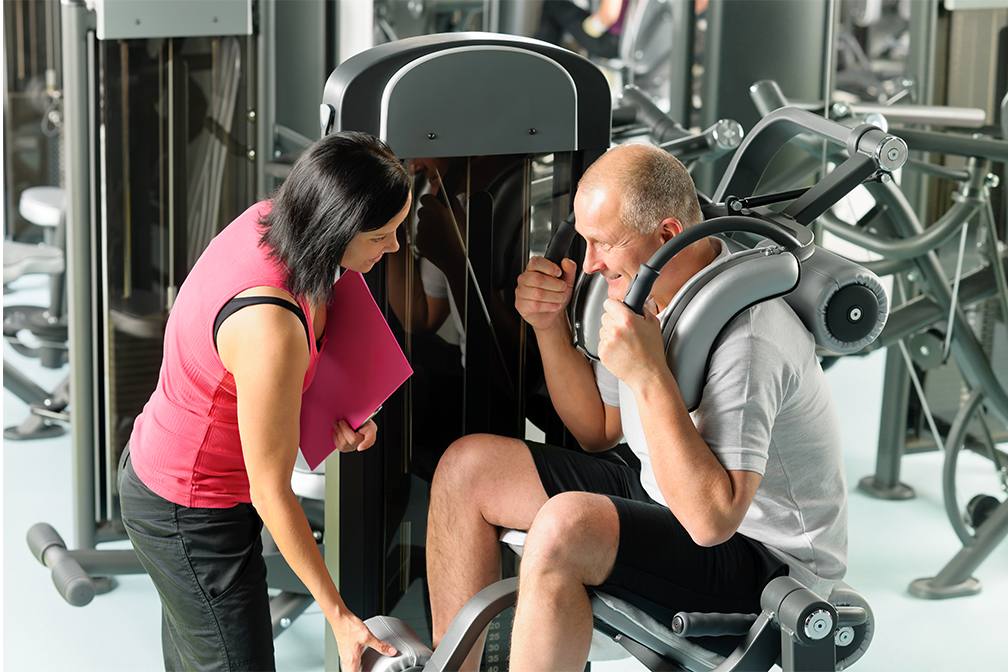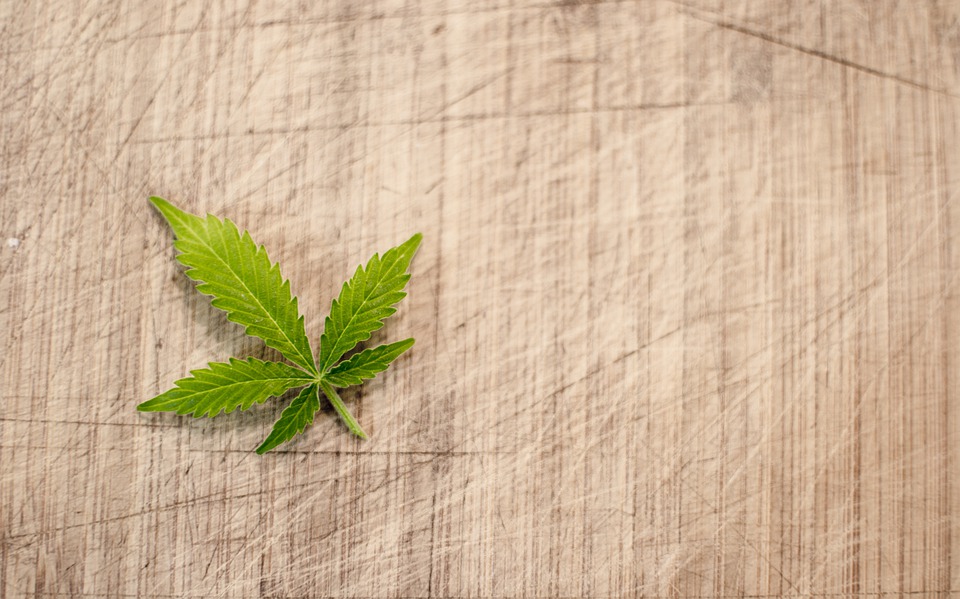Breathwork: WTF Just Happened And Why Everyone Should Try It!
If you read my blogs or follow me on Social Media you know I am not one to swear or use expletives to get my point across but for this blog’s title I am literally taking the words right out of my students’ mouth. The idea for this blog came from the Breathwork class I taught last Monday night at The Den Meditation Center…




 I am honored that she reached out to me. I am still in “ahh”, by the whole experience. Often stroke survivors and their caregivers do not find the help needed to further their recovery after physical therapy ends. Unfortunately, some survivors do not even get good physical therapy in the crucial, early stages in recovery, when it is essentially needed. She shared with me some not so good experiences she and her husband had faced, like many others I have spoken with.
I am honored that she reached out to me. I am still in “ahh”, by the whole experience. Often stroke survivors and their caregivers do not find the help needed to further their recovery after physical therapy ends. Unfortunately, some survivors do not even get good physical therapy in the crucial, early stages in recovery, when it is essentially needed. She shared with me some not so good experiences she and her husband had faced, like many others I have spoken with.


 The helpful news from WHO is this: Exercise plays a key role in fighting cognitive decline and dementia.
The helpful news from WHO is this: Exercise plays a key role in fighting cognitive decline and dementia.

